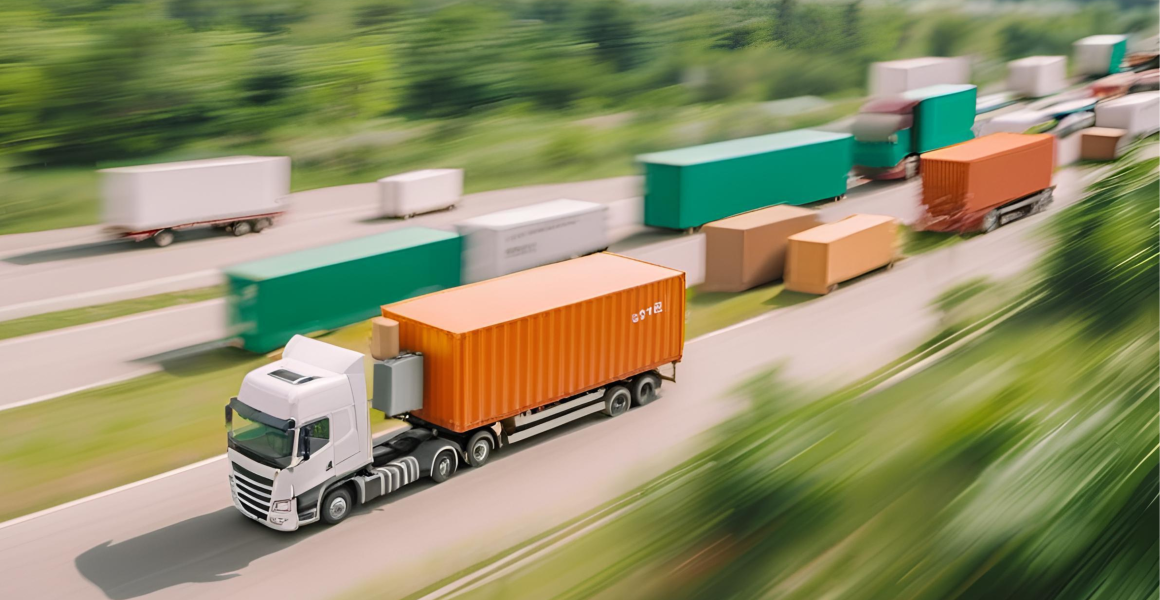The Role of Renewable Energy in Logistics: Necessity or Opportunity?

Logistics is constantly evolving. But unlike other technological revolutions, the change we are facing now is not optional – it is an urgent necessity. For decades, global supply chains have operated on fossil fuels, ensuring efficiency and speed but also contributing to high emissions and energy dependencies that we now know are unsustainable.
Logistics accounts for about 20% of global energy consumption, and with the rise of e-commerce, accelerated deliveries, and the demand for greater efficiency, the need for sustainable solutions has never been more critical. The question is no longer whether logistics will change but who will lead this transformation.
Transport: Driving the Transformation
Transport is, without a doubt, the sector with the most impact on logistics sustainability. Trucks, ships, and planes still largely rely on fossil fuels, but the energy transition is already underway.
The growth of electric fleets is changing how goods are moved. Amazon, for instance, has already deployed 20,000 electric vans and aims to reach 100,000 by 2030. DHL has committed to electrifying 60% of its last-mile fleet by the end of the decade. These investments are not just about environmental responsibility – they make financial sense. Electrification reduces operational costs and allows companies to anticipate future environmental regulations that will inevitably tighten.
In maritime transport, where the transition is more complex, significant progress is also being made. Maersk, one of the industry giants, has started operating ships powered by green methanol, drastically cutting fleet emissions. Aviation is also moving forward, with sustainable aviation fuels being developed and tested to reduce the carbon footprint of logistics flights without compromising efficiency.
Change is happening not just because it’s necessary but because it’s becoming a smart business move.
Warehouses: From Energy Consumers to Energy Producers
Distribution centers are responsible for a significant portion of logistics energy consumption, from climate control and lighting to operating equipment like forklifts and conveyor belts. But the trend is shifting: warehouses are no longer just large energy consumers – they are becoming producers of clean energy.
Companies like Prologis have already installed 500 MW of solar capacity on their logistics buildings, reducing reliance on the power grid. Amazon has announced that it now runs 100% of its global operations on renewable energy. These investments not only reduce carbon footprints but also lower operational costs and ensure greater energy resilience.
And this transition is not just for large multinationals. Many SMEs across Europe and Portugal are installing solar panels on their warehouses, realizing that this step not only reduces costs but can also become a competitive advantage. Those who invest in energy independence today will be better prepared for a future where electricity costs may be a key profitability factor.
Last Mile: The Challenge and the Opportunity
Last-mile delivery is one of the biggest challenges in modern logistics. With the rise of online shopping, the number of delivery vehicles in cities could increase by 60% by 2030, worsening congestion and emissions. But this is also where some of the most innovative solutions are emerging.
In Portugal, Low Low is proving that things can be done differently. Operating from a logistics hub in the Port of Lisbon, the company ensures sustainable last-mile deliveries across Lisbon, Cascais, and Oeiras with zero environmental impact. By using a clean fleet, Low Low demonstrates that change is not only happening in multinational corporations – it’s already taking shape in local businesses that dare to innovate.
Additionally, solutions like electric cargo bikes and the implementation of urban hubs and lockers are helping to reduce unnecessary trips and optimize deliveries. IKEA, for example, has already achieved 41% electric deliveries in 2024 and is expanding this approach to ensure all urban deliveries are emission-free.
These changes send a clear message: sustainable last-mile logistics is no longer a distant dream – it’s an expanding reality.
Challenges and Opportunities: How to Accelerate the Transition?
Despite progress, significant challenges remain. The charging infrastructure for electric fleets needs to grow, and the initial investment required to convert operations is still a barrier for many companies. But the cost of not changing may be even higher.
Consumers and regulations are becoming more demanding. Cities are already beginning to create low-emission zones, and companies that fail to adapt may face operational restrictions and higher costs in the future. The transition to renewable energy is not just about sustainability – it is a strategic move to remain competitive.
Moreover, the cost of renewable energy is rapidly decreasing. Models such as solar panel leasing, shared charging infrastructure, and financial incentives for fleet electrification are making this transition more accessible than ever.
The real question is simple: will logistics lead this transformation or lag behind?
Sustainability as a Business Differentiator
Looking ahead, it is clear that sustainable logistics is not a passing trend – it is an irreversible shift. Companies leading this change are not just reducing emissions – they are preparing for a new economic reality where efficiency and environmental responsibility go hand in hand.
🚛☀️♻️ The future of logistics is already being built. How is your company adapting to this new reality?
